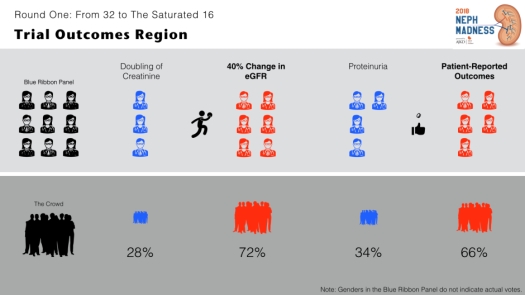 Last fall, Dr. Davis (@IDPharmProf) asked if I would be interested in speaking about antibiotic induced AKI. She was thinking of submitting an idea for a session on kidney disease and antibiotics. Later, she told me I would be sharing the stage with Bruce Mueller (@BAMPharmD), who would be talking about antibiotic dosing during AKI and CRT. This felt like agreeing to doing some Karaoke and then being told you are being paired-up with Frank Sinatra.
Last fall, Dr. Davis (@IDPharmProf) asked if I would be interested in speaking about antibiotic induced AKI. She was thinking of submitting an idea for a session on kidney disease and antibiotics. Later, she told me I would be sharing the stage with Bruce Mueller (@BAMPharmD), who would be talking about antibiotic dosing during AKI and CRT. This felt like agreeing to doing some Karaoke and then being told you are being paired-up with Frank Sinatra.
I did my best, but compared to Dr. Mueller, the only difference between me and Bozo was the red nose and floppy shoes.
Here is a screencast of the presentation and the slides for you to peruse. But if you ever get a chance to hear Dr. Mueller, don’t miss it. He is really good.
Keynote: MAD-ID Antibiotic Induced Acute Kidney Injury
PowerPoint: MAD-ID Antibiotic Induced Acute Kidney Injury
PDF: MAD-ID Antibiotic Induced Acute Kidney Injury




